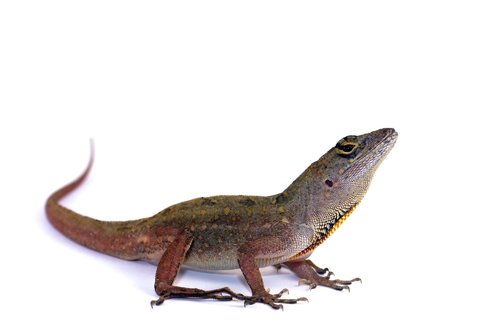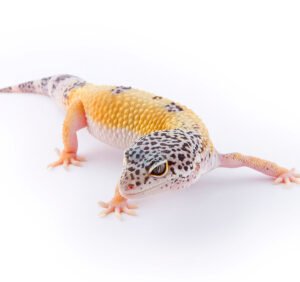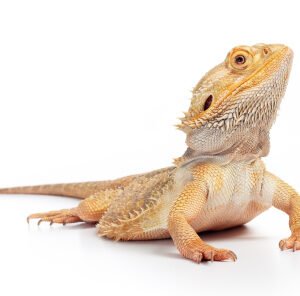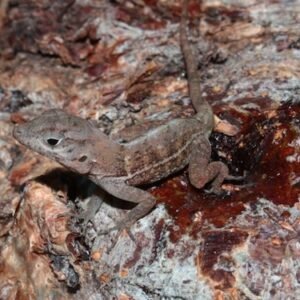Understanding the Brown Anole: Characteristics and Habitat
The brown anole, scientifically known as Anolis sagrei, is a small, agile lizard highly regarded in the pet trade for its distinct features and dynamic behavior. Typically, adult brown anoles range from 5 to 8 inches in length, with males being slightly larger than females. The most notable physical characteristics include a slender body, prominent dewlap in males, and a predominantly brown coloration that can vary from light tan to deep chocolate hues. This color variation may also display patterns or spots, contributing to their striking appearance. Such traits not only enhance their visual appeal but also facilitate their camouflage in natural settings.
In their native habitat, brown anoles are primarily found across the Caribbean, particularly in the Bahamas, Cuba, and the Cayman Islands. They have also been introduced to parts of the United States, with significant populations established in Florida. These lizards thrive in warm, humid environments, often inhabiting subtropical and tropical forests, shrublands, and even urban gardens. Their preferred habitat includes areas with plenty of foliage for shelter and climbing opportunities, as they are arboreal creatures that spend a considerable amount of time in trees and shrubs.
In the wild, brown anoles exhibit fascinating behaviors that include territorial displays and social interactions. Males utilize their colorful dewlaps to establish dominance and attract mates, often performing head bobs and push-ups as part of their courtship rituals. Their agile nature allows them to quickly navigate their terrain, seeking insects and other small invertebrates for sustenance. Understanding these characteristics and habitat preferences is crucial for pet owners, as it provides valuable insight into creating a suitable environment that mimics their natural surroundings. By replicating their habitat, owners can promote the health and well-being of their brown anole, ensuring a fulfilling experience for both pet and owner alike.
Best Practices for Care: Housing, Diet, and Health
Proper care for your brown anole pet revolves around creating a suitable habitat, ensuring a balanced diet, and maintaining optimal health. Understanding these elements is vital for the well-being of your lizard.
For housing, brown anoles thrive in a terrarium that is at least 20 gallons in size. This size allows for adequate roaming space, which is essential for their activity. The substrate can vary between coconut fiber, reptile carpet, or paper towels, but it should always be kept clean. Temperature regulation is crucial; the environmental gradient should range from 75°F to 85°F (24°C to 29°C) on the cooler side and up to 90°F (32°C) on the basking spot. Adequate humidity levels between 50% to 75% should be maintained, which can be achieved through regular misting and the use of a hygrometer. Additionally, incorporating climbing structures and providing hiding spots are essential for the brown anole’s mental stimulation and security.
When it comes to diet, brown anoles are primarily insectivorous. They should be fed a variety of live insects, such as crickets, fruit flies, and mealworms. It is recommended to feed them every day, offering appropriately sized food items that are about the size of their head. Nutritional supplements, such as calcium and vitamin D3, should be provided a couple of times each week to promote healthy growth and prevent deficiencies.
Monitoring the health of your brown anole is crucial. Common health issues include respiratory infections, skin disorders, and obstructions due to improper feeding practices. Signs of illness can manifest as lethargy, changes in appetite, or abnormal droppings. Maintaining a clean environment, providing a balanced diet, and regular check-ups with a veterinarian knowledgeable about reptiles will ensure your brown anole remains a healthy companion.





